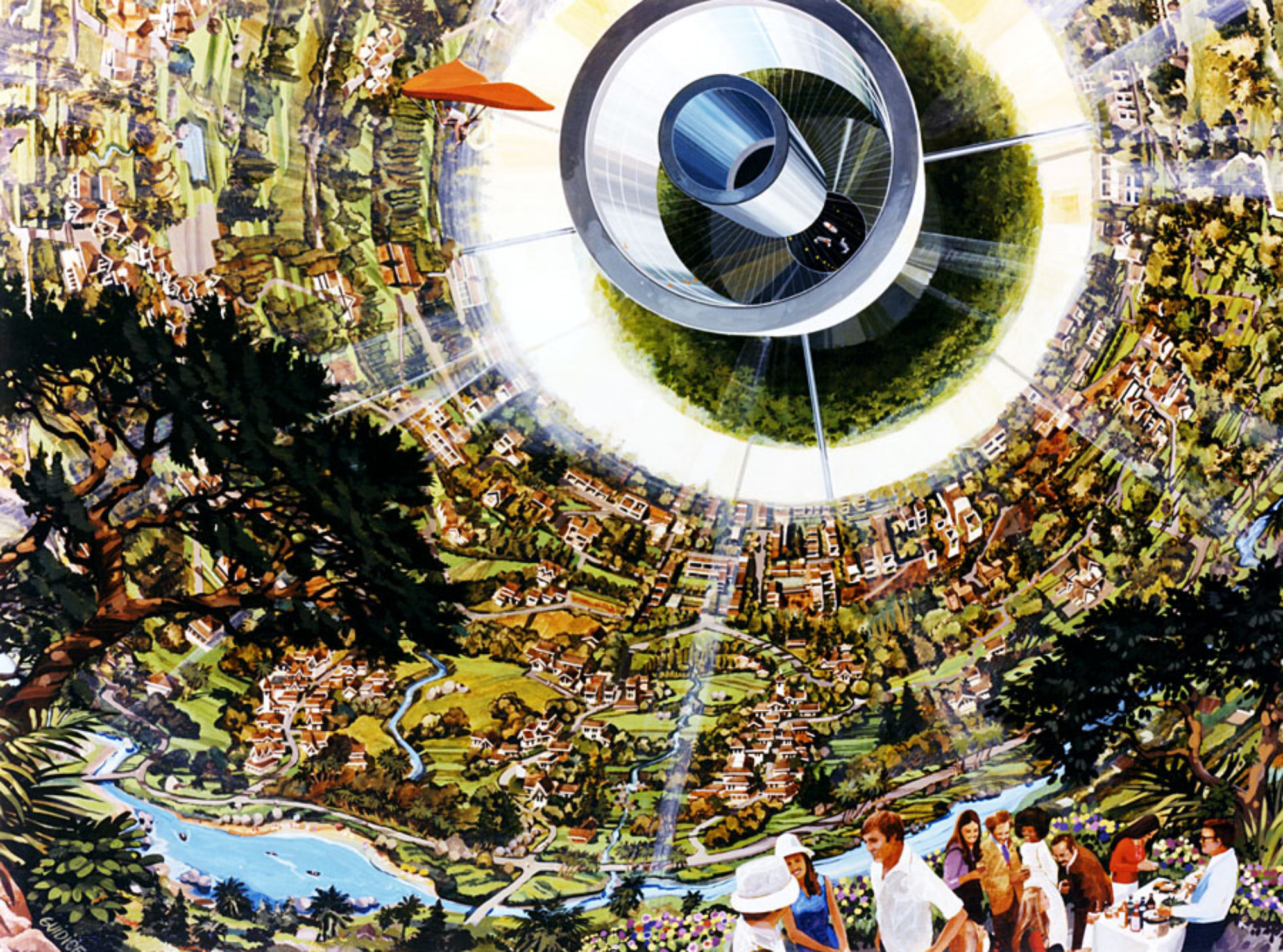
A concept for fast transit to the outer solar system and beyond has just been published by Todd F. Sheerin et al.* in Acta Astronautica. Since the article is behind a paywall, SSP has obtained permission by one of the coauthors, Professor Philip Lubin at the University of California, Santa Barbara to link to an earlier version of the paper presented at the 70th International Astronautical Congress held in Washington D.C. back in October 2019. Professor Lubin is Director of the Experimental Cosmology Laboratory at UCSB where he oversees research on several interesting directed energy projects.
The concept makes use of an Earth-based Directed Energy Launch Technology Array (DELTA) to beam laser energy to photovoltaic cells on an electric propulsion vehicle for travel within the solar system, or for photon reflection via a laser sail on gram-scale spacecraft accelerated to relativistic speeds for interstellar missions. In the former case, this method leverages existing solar electric propulsion technology which converts optical energy to propulsive jet power like what was used on NASA’s Dawn mission. An existing NASA Innovative Advanced Concepts (NIAC) program at UCSB has demonstrated proof of concept for elements of the array.
The DELTA architecture development can be terraced in progressive stages starting with small one meter arrays building up to large 10 km systems. The concept could support a range of missions, from swarms of gram-scale robots all the way up to human-rated spacecraft greater than 100 tons.
The authors believe this approach “… enables a scalable, cost effective roadmap to rapid solar system transportation for robotic and human missions alike, including robotic and human Mars-in-a-Month missions, with transit times of 30 days, as well as the first robotic relativistic interstellar flight within our lifetime.”
* Authors: Todd F. Sheerin, Elaine Petro, Kelley Winters, Paulo Lozano, Philip Lubin
